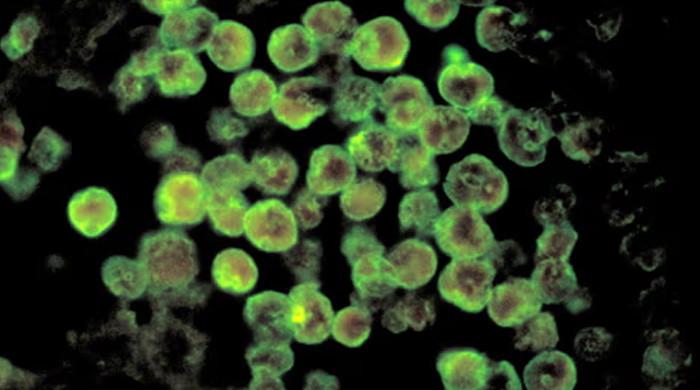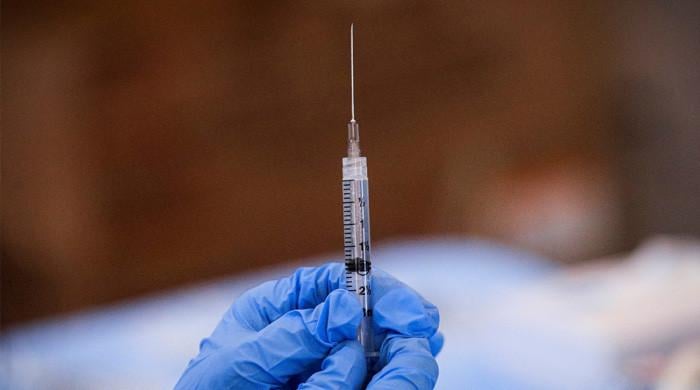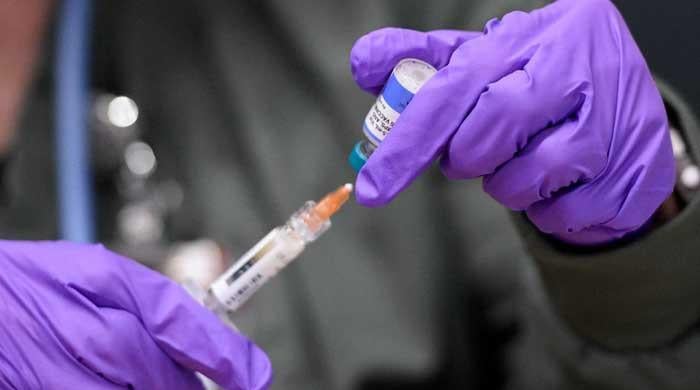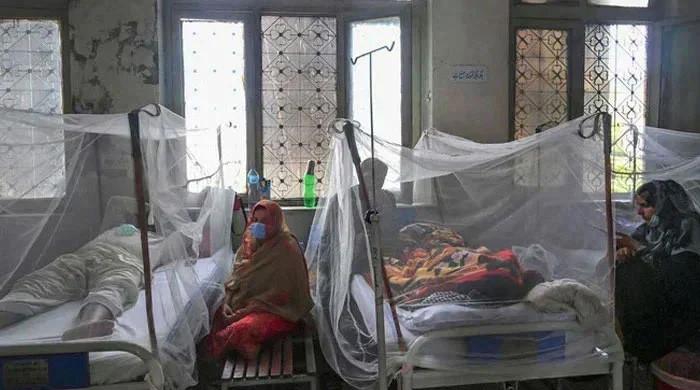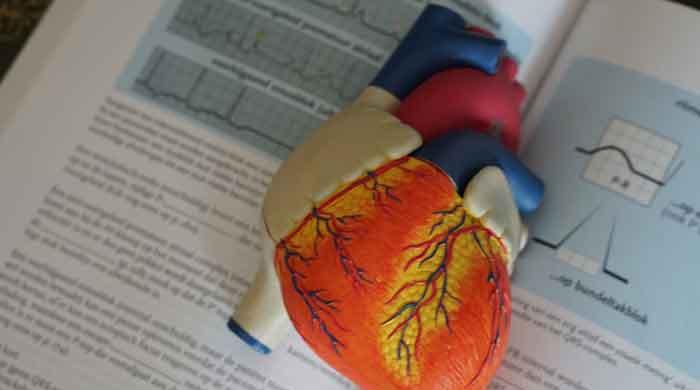Scientists test first-ever method to fix broken heart
Scottish scientists test new possible treatment to fix a broken heart
July 01, 2022

Researchers at the University of Aberdeen in Scotland are conducting trials for physiological therapy that may help fix a broken heart.
The three-year-long study will recruit 90 Scottish volunteers within three weeks of doctors diagnosing them with this takotsubo cardiomyopathy, commonly known as broken heart syndrome.
Takotsubo cardiomyopathy affects thousands of people each year, the majority of them are women and approximately one to two per cent of those diagnosed with this condition are likely to experience heart attacks.
“Takotsubo cardiomyopathy, or broken heart syndrome, remains a comparatively poorly understood condition,” said Dr David Gamble, member of British Heart Foundation Cardiology Research Fellows and a doctor at the Aberdeen Royal Infirmary (ARI), in a university release.
“It is vital that we develop a high-quality evidence base to guide clinicians in the management of this condition.”
Participants will either participate in a personalised exercise condition or cognitive behavioural therapy or skip both activities. Scientists will examine heart conditions after three months.
Dr Dana Dawson is a professor of Cardiovascular Medicine and Consultant Cardiologist at the University of Aberdeen and Aberdeen Royal Infirmary.
She adds that being heartbroken affects men and women differently and should be treated as such.
“After so long spent researching this condition, it is great to be taking this huge step towards developing a standardised treatment for it and we look forward to seeing the results in due course.”




